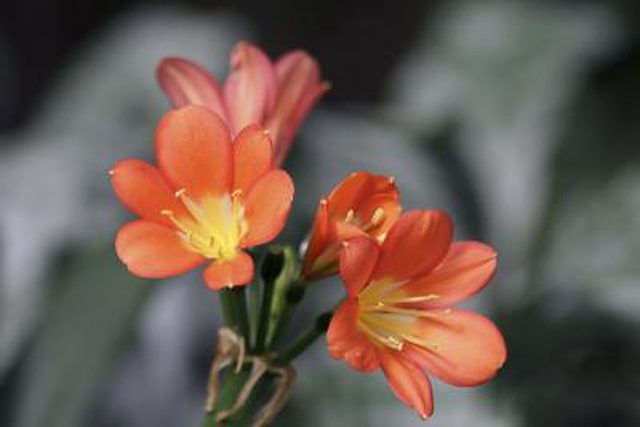Bulbs
Flower Basics
Flower Beds & Specialty Gardens
Flower Garden
Garden Furniture
Garden Gnomes
Garden Seeds
Garden Sheds
Garden Statues
Garden Tools & Supplies
Gardening Basics
Green & Organic
Groundcovers & Vines
Growing Annuals
Growing Basil
Growing Beans
Growing Berries
Growing Blueberries
Growing Cactus
Growing Corn
Growing Cotton
Growing Edibles
Growing Flowers
Growing Garlic
Growing Grapes
Growing Grass
Growing Herbs
Growing Jasmine
Growing Mint
Growing Mushrooms
Orchids
Growing Peanuts
Growing Perennials
Growing Plants
Growing Rosemary
Growing Roses
Growing Strawberries
Growing Sunflowers
Growing Thyme
Growing Tomatoes
Growing Tulips
Growing Vegetables
Herb Basics
Herb Garden
Indoor Growing
Landscaping Basics
Landscaping Patios
Landscaping Plants
Landscaping Shrubs
Landscaping Trees
Landscaping Walks & Pathways
Lawn Basics
Lawn Maintenance
Lawn Mowers
Lawn Ornaments
Lawn Planting
Lawn Tools
Outdoor Growing
Overall Landscape Planning
Pests, Weeds & Problems
Plant Basics
Rock Garden
Rose Garden
Shrubs
Soil
Specialty Gardens
Trees
Vegetable Garden
Yard Maintenance
How to Care for a Ornithogalum Dubium Plant
How to Care for a Ornithogalum Dubium Plant. Ornithogalum dubium, commonly called star of Bethlehem, needs minimal care, especially in Mediterranean climates where the mild winters and dry summers resemble the weather in its native Australia. It grows in U.S. Department of Agriculture plant hardiness zones 8 through 9 and rarely has trouble with...

Ornithogalum dubium, commonly called star of Bethlehem, needs minimal care, especially in Mediterranean climates where the mild winters and dry summers resemble the weather in its native Australia. It grows in U.S. Department of Agriculture plant hardiness zones 8 through 9 and rarely has trouble with insect pests or disease problems. Outside its natural habitat, you can grow star of Bethlehem by successfully controlling how much water it gets.
Fertilize After Blooming
Fertilize star of Bethlehem in late spring after the last of the flowers fade. Mix 1/2 teaspoons of balanced fertilizer -- look for 10-10-10, 14-14-14 or 20-20-20 -- in 1 quart of water and then pour it over the soil around the base. Each 1 quart covers about 1 square foot of soil, which is enough for a single plant. For larger plantings, mix 2 tablespoons of fertilizer with 2 1/2 gallons of water for every 10 square feet you are fertilizing. Star of Bethlehem doesn't require any additional fertilizer during the year.
Water in the Growing Season
Keep star of Bethlehem moist with 1 inch of water per week during the fall, winter and spring growing season. If you have fast-draining soil or slow-draining soil, adjust how much you water so the soil stays moist. Excessively dry or wet soil can damage the bulb, though err on the side of too little water rather than too much. If you're not sure, stick your finger 2 to 3 inches deep in the soil. If it feels dry, water the plant. If it has rained, you may need to water less or not at all.
Cut Back Dead Leaves
Once star of Bethlehem stops flowering, the leaves remain green into midsummer then gradually die back. Cut off the dead leaves at the base where they emerge from the soil after they've turned brown and brittle. Use a pair of scissors or garden shears. Clean the blades -- and any other part of the tool that comes into contact with the plant -- in a solution of 1 part standard rubbing alcohol to 1 part water.
Keep It Dry Through Summer
In summer, when flowering stops and the leaves turn brown and dry up, star of Bethlehem goes dormant. The bulb needs to stay dry during dormancy. In Mediterranean-style climates where summers are naturally dry, you can simply leave the bulbs in the ground. If your region gets rain through the summer, either transplant the bulbs into pots and keep them dry through the summer, or grow the bulbs in pots year-round and transfer into a dry spot in summer. If you plant the bulb in a pot, use a pot that has drainage holes.
Container Growing Tips
Star of Bethlehem grows well indoors. Water the containers weekly to keep the potting soil slightly moist from fall through spring, and always use containers with drainage holes. Set the pots in a room with an consistent temperature between 70 and 75 degrees Fahrenheit through the winter and spring to encourage flowering. Fertilize container-grown star of Bethlehem in late spring using 1/2 teaspoon of 20-20-20 fertilizer diluted in 1 quart of water. In summer, when the leaves die, cut back the dead parts, stop watering and set the pots in a dry spot. They won't look like much again until fall, so set them out of the way and make room for more attractive summer container plants.